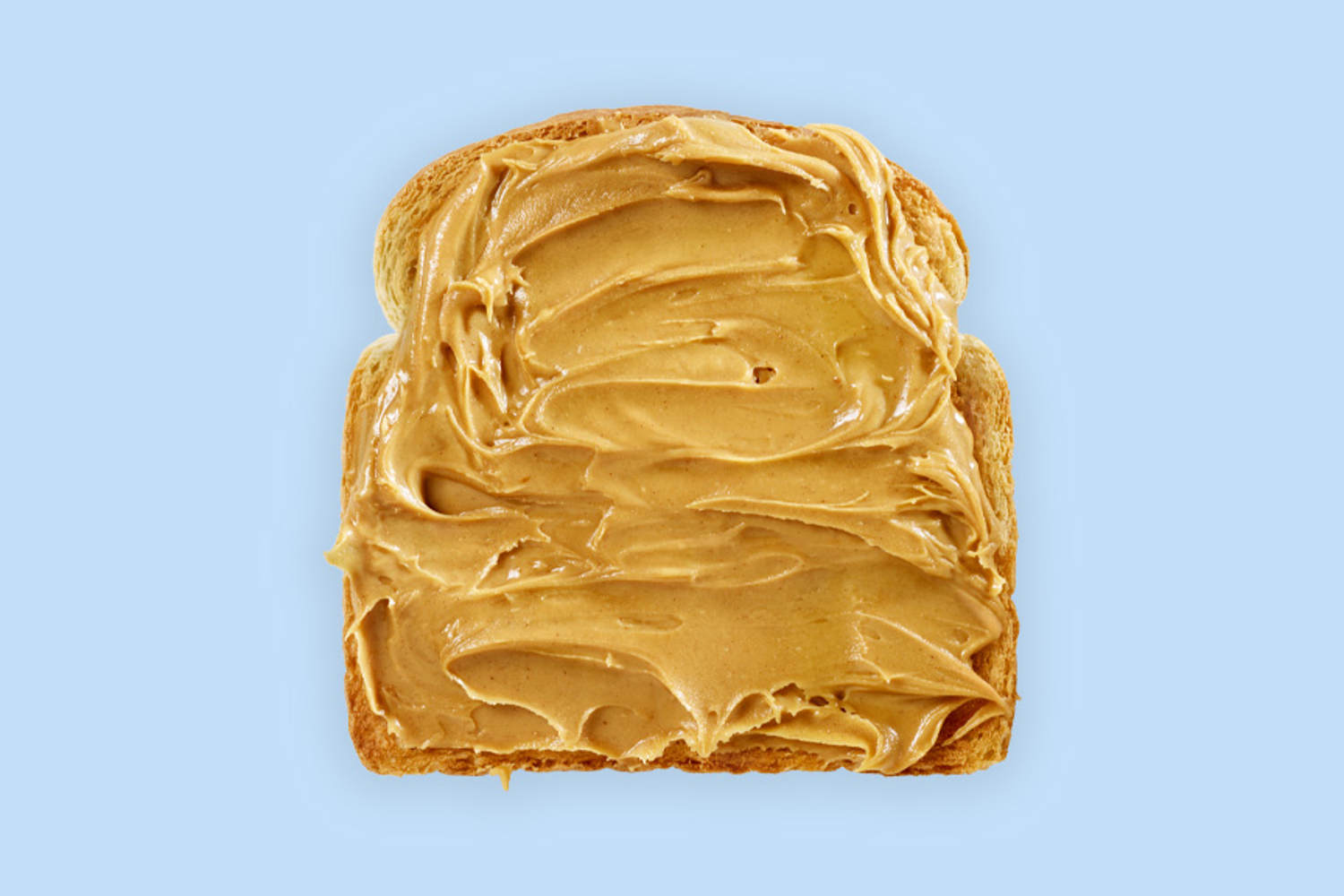
Children with milder forms of peanut sensitivity may be able to overcome their allergy by consuming increasing amounts of store-bought peanut butter, a new study suggests.
All of the 32 children in the study who received 18 months of this immunotherapy were able to consume the equivalent of three tablespoons of peanut butter without experiencing reactions, according to the report published Monday in NEJM Evidence.
Parents were advised that this strategy should only be followed under the supervision of an allergist, the researchers cautioned.
Between 1% and 2% of children and adults in the United States have a peanut allergy, according to the American Academy of Allergy, Asthma and Immunology.
Until now, researchers have focused on children with such severe allergies that the tiniest bit of peanut could set off a dangerous reaction, said the study’s lead author, Dr. Scott Sicherer, professor of pediatrics and director of the Elliot and Roslyn Jaffe Food Allergy Institute at the Icahn School of Medicine at Mount Sinai in New York City.
“We thought if we could target children who could consume at least half a peanut with a therapy that was much easier to use, we might be able to get them to the point where they could treat peanuts like regular food,” he said. “We were surprised at how successful we were.”
Sicherer urged parents not to try the therapy on their own, adding “you should talk to an allergist about the process.”
A total of 73 children, ages 4 to 14, were originally entered in the trial, which was sponsored and funded by the National Institute of Allergy and Infectious Diseases. Of the 73, 38 were randomly assigned to get immunotherapy, with the other 35 to continue avoiding peanut protein.
Children who could eat the equivalent of half a peanut without experiencing reactions were able to participate in the study. Those who could eat the equivalent of 20 or more peanuts were excluded.
By the end of the trial, six of the children in the immunotherapy group and five in the control group had dropped out, which left 32 in the immunotherapy group and 30 in the group that continued to avoid peanuts.
In the treatment group, children were started on a ⅛ teaspoon of peanut butter, which gradually was increased every eight weeks. Once the children reached ½ a teaspoon of peanut butter, they were allowed to substitute other foods containing an equivalent amount of peanut protein, such as candies, for the peanut butter.
The peanut protein increases occurred only when children were under the care of an allergist, in case they had a reaction.
Once children were able to eat a tablespoon of peanut butter each day, they were told they did not need to consume it every day, but should consume two tablespoons per week.
None of the children in the immunotherapy group had a severe enough reaction when consuming peanut protein at home to need a shot of epinephrine and just one needed the medication during a visit to the study site.
The next part of the study was designed to determine whether the peanut tolerance gained by the 32 children would be lasting. Of the 32, 30 chose to continue with the study.
They were asked to abstain from eating peanut protein for eight weeks. Then they were tested to see if they could still tolerate the equivalent of three tablespoons of peanut butter. Out of the 30 children 26 passed the test, which led the researchers to conclude that the immunotherapy had allowed these children to overcome their allergy to peanut protein.
“This is a pretty easy process to follow and it was very successful,” Sicherer said. “It has the potential to be a game changer for the families and the children.”
While it will be necessary to follow children for a longer term to validate the results, “the ability to induce tolerance to a food is incredibly exciting,” said Dr. Joel Brooks, an assistant professor of pediatrics and an associate program director of allergy and immunology at the Columbia University Vagelos College of Physicians and Surgeons in New York City.
“Now these children won’t have to carry an EpiPen with them,” he said. “They won’t have to avoid foods with peanuts. They are allergy free for life.”
Often when children develop a peanut allergy, it has a profound impact on the family, Brooks said.
“The children stop going to birthday parties and a lot of them stop going out to eat with their families. Fear keeps them from summer camp and going away to visit friends for the holidays,” he said. “If you can take away the risk, it would make a world of difference to the children and their families.”
Brooks was also happy to see that the researchers published their protocol.
“Once there is a standardized protocol, more practices can utilize it to help their patients,” he said. “It may not be every patient’s choice, but it’s another tool in our tool boxes.”
He reiterated the advice to parents not to try to do the immunotherapy protocol on their own.
“There’s a risk any time we do a food challenge that there could be a severe life-threatening reaction,” he said. “So this should be done only under the supervision of an allergist.”








